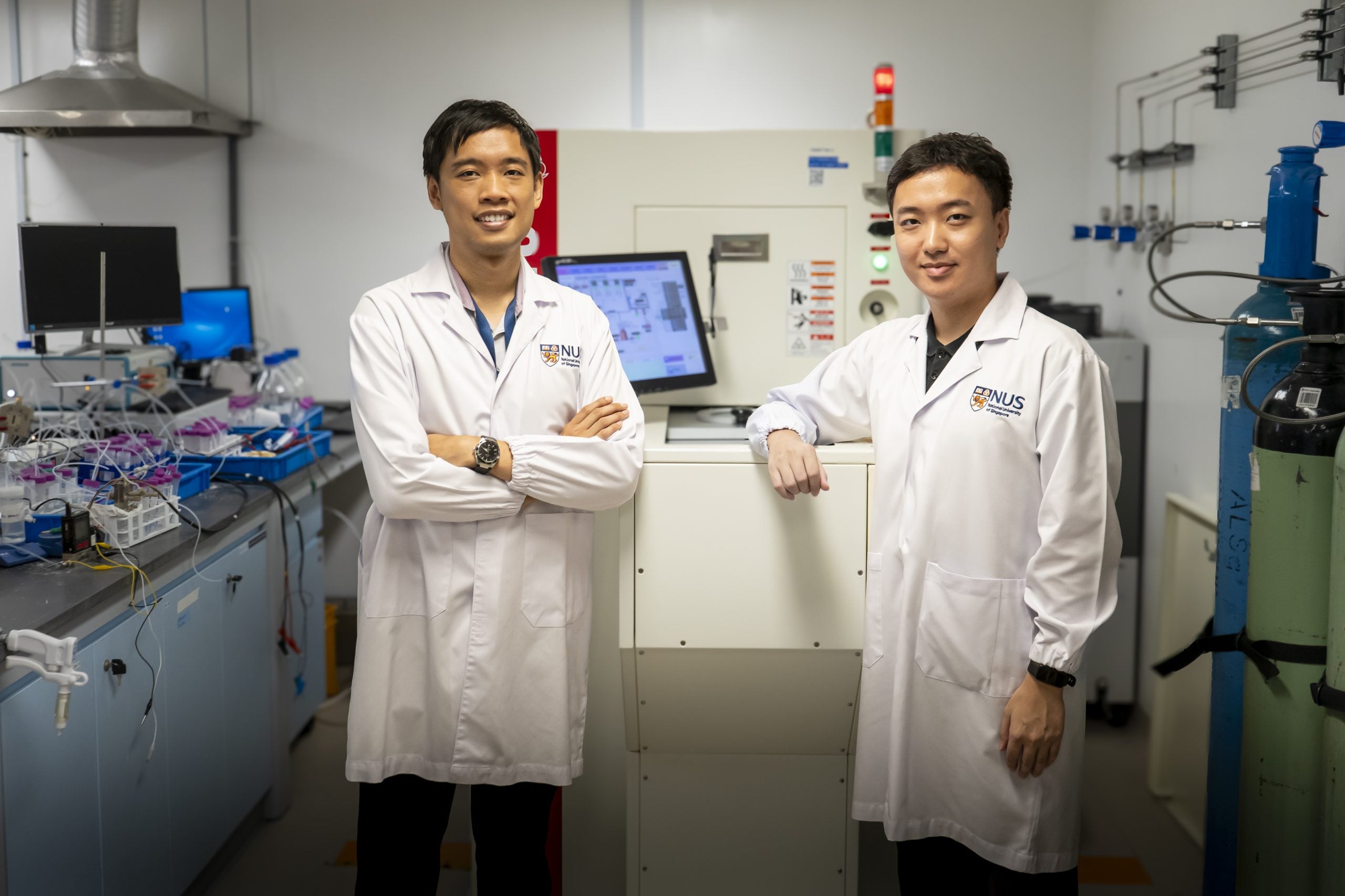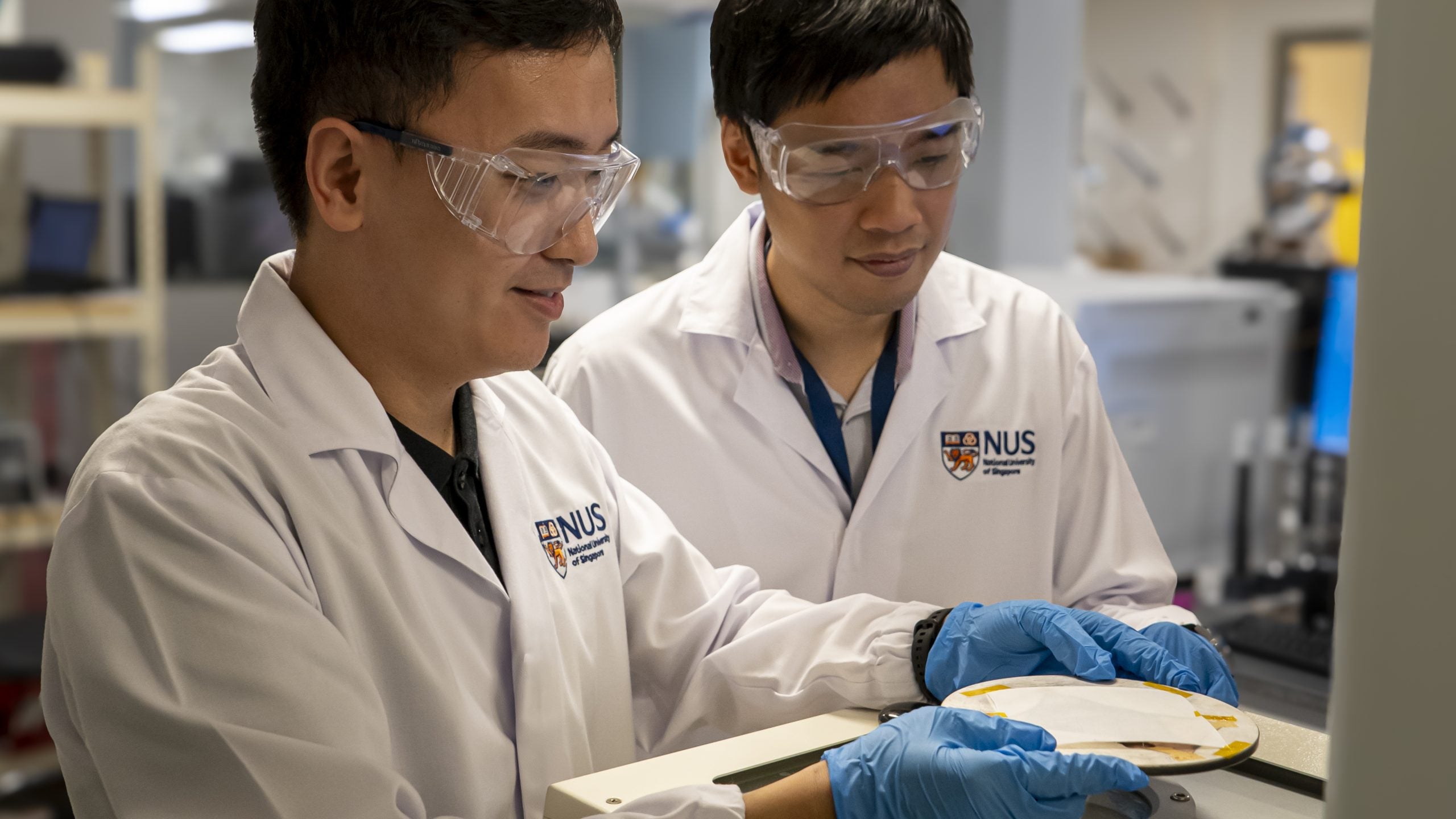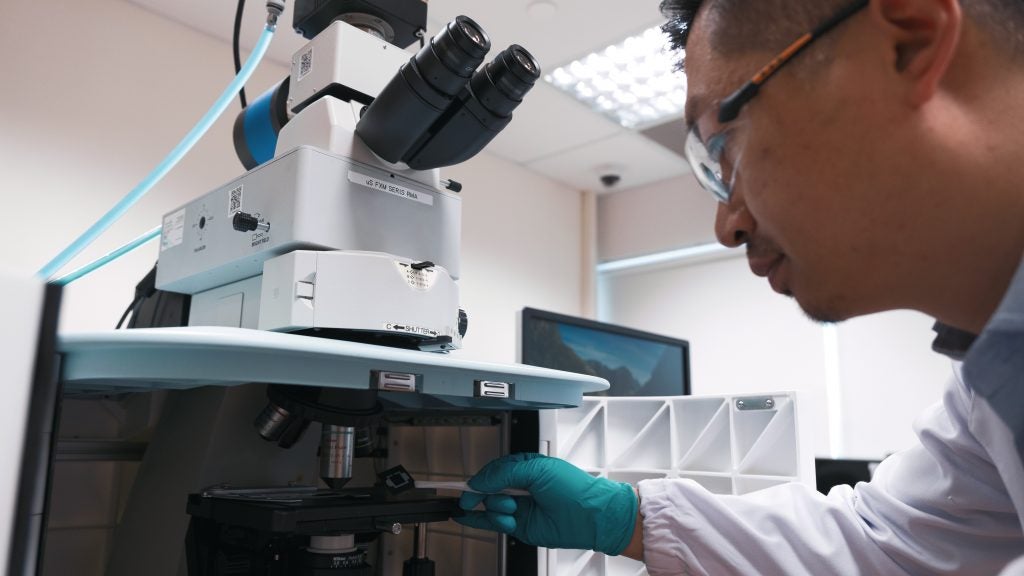
Researchers at CDE have uncovered new insights into the hydrogen transfer reactions that transform carbon dioxide into useful fuels and chemicals. The breakthrough discovery by a team led by Asst Prof Lum Yanwei (Chemical and Biomolecular Engineering) – published recently in Nature Chemistry – provides a clearer understanding of how hydrogen atoms combine with carbon during the CO2 conversion process, a key step in creating molecules such as ethanol and ethylene. This could one day make the process much more selective and efficient.
The research focused on two possible ways hydrogen atoms are transferred. Traditionally, scientists often considered the hydrogen to originate mainly through direct transfer from water molecules in the surrounding liquid, a pathway known as 'the Eley-Rideal mechanism'. However, Asst Prof Lum’s team discovered that another route where hydrogen atoms first settle on the surface of a copper catalyst - the ‘Langmuir-Hinshelwood mechanism’ - plays a far bigger role than previously expected.
This distinction matters because the pathway taken by hydrogen can directly affect which product molecules are generated. For example, hydrogen that interacts with carbon atoms via the copper surface helps form products like ethanol, which are highly valuable as fuels and chemical building blocks. Meanwhile, water-based hydrogen transfer plays a bigger role when breaking oxygen bonds, influencing the production of other chemicals such as ethylene.

“By understanding how hydrogen moves during CO2 conversion, we can better control the process and improve its efficiency,” said PhD student Zhang Jiguang who is one of the co-authors of the research. “This knowledge could help design more effective catalysts allowing for cleaner and more energy-efficient CO2 recycling.”
CO2 emissions are one of the main drivers of climate change, so technologies that can recycle the gas into useful products not only help reduce emissions but also provide alternatives to fossil fuels. By fine-tuning the process of hydrogen transfer, the researchers hope to maximise the production of specific, high-value fuels while cutting down waste and energy use.
“This research brings us closer to the day when CO2 is not just a harmful pollutant but comes to be seen as a valuable resource,” said Asst Prof Lum. “It offers a promising step towards cleaner energy solutions and a more sustainable way to address the global carbon challenge.”





